Is Weighted Walking a Fitness Breakthrough or Just a Trend in Disguise?
If you’ve been online lately, you’ve probably seen it.
People strapping on weighted backpacks and walking through parks, neighborhoods—even up and down grocery store aisles.
It’s called rucking, and it’s gaining momentum fast.
But is this trend a legitimate boost for your strength, cardio, and mental toughness?
Or just another social media challenge destined to flame out?
Let’s break down the science, the risk, and how you can use intentional rucking (yes, there’s a right way) to support high performance health, longevity, and injury-free movement.
🪖 First Things First: What Is Rucking?
Rucking comes from military training—soldiers carry heavy packs across long distances as part of their conditioning. In the civilian world, it’s essentially walking with added weight.
The goal?
Increase load on the body without the joint impact of running or high-intensity exercise.
People love it because it’s:
Simple (just grab a backpack)
Accessible (no gym required)
Efficient (strength + cardio)
Community-driven (challenges and ruck groups)
But like any tool, the value depends on how it’s used.
✅ The Pros of Rucking (Done Right)
✔️ Functional Strength
Your core, glutes, hamstrings, and stabilizers work harder than during a standard walk.
✔️ Bone Density Support
Especially important for women and men 40+, the added weight supports long-term skeletal health.
✔️ Low Impact Conditioning
Great for those who can’t tolerate running or jumping.
✔️ Mental Toughness
There’s a subtle “grit training” that happens when you challenge your body and brain with resistance underfoot.
✔️ Metabolic Boost
More weight = more energy burned. And that’s without spiking cortisol (if you pace yourself correctly).
⚠️ The Risks of Rucking (Done Wrong)
❌ Poor Progression
Going from 0 to 40 pounds and 3 miles can strain joints, irritate the lower back, and spike inflammation.
❌ Overtraining & Burnout
For those already stressed, rucking can push the body into adrenal fatigue if recovery isn’t built in.
❌ Nervous System Dysregulation
Stacking physical stress on top of mental or emotional stress = crash. We've seen it many times.
❌ Sleep & Cortisol Disruption
If done too late in the day or too intensely, it can mess with your circadian rhythm, which leads to even worse recovery—and a need for even more stimulation the next day (hello, caffeine).
🧠 The Smart Strategy: Movement + Testing + Recovery
Rucking is not inherently bad—but it’s not a free pass either. To gain all the benefits without crashing your system, use a graduated movement protocol based in biological data and nervous system awareness.
Here’s what that looks like:
1. Start Light & Short
Begin with 5–10% of your body weight.
Walk for 15–20 minutes. Increase weight or distance—but never both at once.
2. Strength Train the Right Way
Prioritize posterior chain strength: glutes, hams, core.
Don’t neglect joint mobility and dynamic warmups.
3. Measure, Don’t Guess
If you’re already dealing with low energy, poor sleep, or brain fog—test first.
Our Stress, Mood & Metabolism Test (saliva-based) tracks cortisol throughout your day so we know exactly how your adrenals are functioning.
Our Minerals & Metals Test shows whether your body has the raw materials for energy, strength, and resilience—or if you’re running on empty.
4. Balance Your Weekly Movement
Use the 4 Pillars of Movement:
Walking (low impact, daily)
Strength (2–3x per week)
Cardio (intervals or sustained, depending on cortisol status)
Rest & Recovery (yes, this is an exercise too!)
5. Recover Intelligently
Deep sleep, sauna, breathwork, gentle movement like QiGong.
Support adrenal and nervous system health with functional nutrition and proper scheduling.
💡 Final Thoughts: Train Smart, Not Just Hard
Rucking can be a powerful piece of your wellness strategy—if it fits into a well-rounded plan.
And remember: your body is not a machine. It’s a system.
The best performance, endurance, and longevity come from intelligent inputs, not just intense output.
🛠️ Ready to Train Smarter?
If you’re curious about:
How your cortisol rhythms impact your energy and recovery
Whether your minerals are working for you or against you
How to build a customized, sustainable high performance protocol...
👉 Let’s test, not guess.
Schedule a free strategy call or order your at-home functional lab test today.
🔗 Book Your Free Call Here
🔬 Explore Our Functional Testing Packages
With Gratitude,
Jeffrey Mort
Certified Integrative Health Practitioner | Founder, Love Energy Wellness



